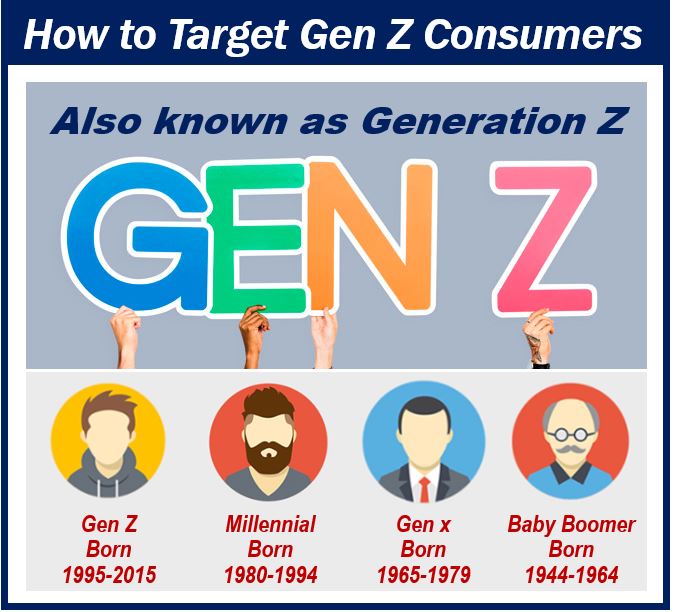Digitally native, money-minded, and diverse, these characteristics best describe the youngest generation of consumers, also known as Generation Z. Because of these traits, you might observe a difference in their behavior compared to other generations.

As marketers and advertisers, it is essential to understand these behaviors so you can choose the most appropriate strategy through which you can approach the new generation of consumers.
To make such a task more manageable, Creatopy conducted a survey about the shopping habits, social media usage, and advertising behavior of Gen Z.
1. Who is Gen Z?
Fundamentally, Gen Zers are those born between 1996 and 2012. In terms of numbers, they account for 40% of consumers globally, so it is crucial to learn about their behavior.
Their young age doesn’t mean a lack of spending power. According to statistics, about 7.3 million Gen Z have full-time jobs in the U.S. alone, and 6.3 million of them are part-time employees.
Successfully capturing this young audience also means having access to a consumer base that has reached a spending power of 360$ million, according to a recent study from Gen Z Planet.
Their findings also highlight that Gen Zers save from a quarter to half of their earnings.
2. Shopping Habits of the Young Consumer

Creatopy’s survey shows that 55.15% of Gen Zers usually shop online, while only 3.15% said they have never purchased something on a digital platform. Judging by the fact that they are a digital native consumer, these statistics don’t come as that much of a surprise.
There also seems to be a misconception out there that Gen Zers are impulsive buyers. This can’t be further from the truth, as 48.79% of the respondents said that they only buy something when they need it, and 32.68% of them make a purchase only when there’s a sale.
Brands should also focus on social issues and support causes such as protecting the environment and fighting against racial discrimination. When asked about brand preferences, the majority of Gen Zers responded that it is important to them that a company takes a stance on improving society.
3. Social Media Usage Among Gen Z
Being the first digital native generation, 45% of Gen Zers are online almost constantly. Content consumption is second nature to them. Because of this, they are excellent at spotting irrelevant information or fake and misleading brands. This comes with the downside of a low attention span, so be sure to think about how to catch their attention in the fastest way possible.
To further cement the idea that as a marketer or advertiser, you need to be present on social media, research shows that 85% of Gen Z learn about a new product through social media platforms. If you’re wondering which platform is the best to start out on, the survey from Creatopy shines a light on the platforms that are used the most by young consumers, with YouTube, TikTok, and Instagram claiming the top three spots.
Returning to the point of fake and misleading brands, Gen Zers value authenticity, among other things. Try to build up trust by partnering with influencers, but make sure to choose them wisely. You must find a person who speaks their language, not only mimics it, so you don’t risk losing that precious authentic touch they crave.
4. Gen Z Standpoint Towards Advertising
According to the survey, besides authenticity, trust and creativity are vital components of the ads that Gen Zers like the most. These are closely followed by ads that showcase a new product of interest.
To maintain your image as a trustworthy brand in the eyes of the young consumer, don’t even think about producing ads that trick them into clicking. Such ads came out as the most disliked in the survey, followed by ads that are too long.
Gen Zers are also keen to inform themselves before buying, as 50.4% of respondents said that the first thing they do after seeing a relevant ad is search for the company or product.
5. Conclusion
When trying to advertise to Gen Zers, time is the name of the game. Finding them online won’t be hard, but building up trust, understanding their language, and getting to know their values are the most crucial elements when it comes to approaching marketing and advertising to the youngest generation of consumers.
Interesting related article:

